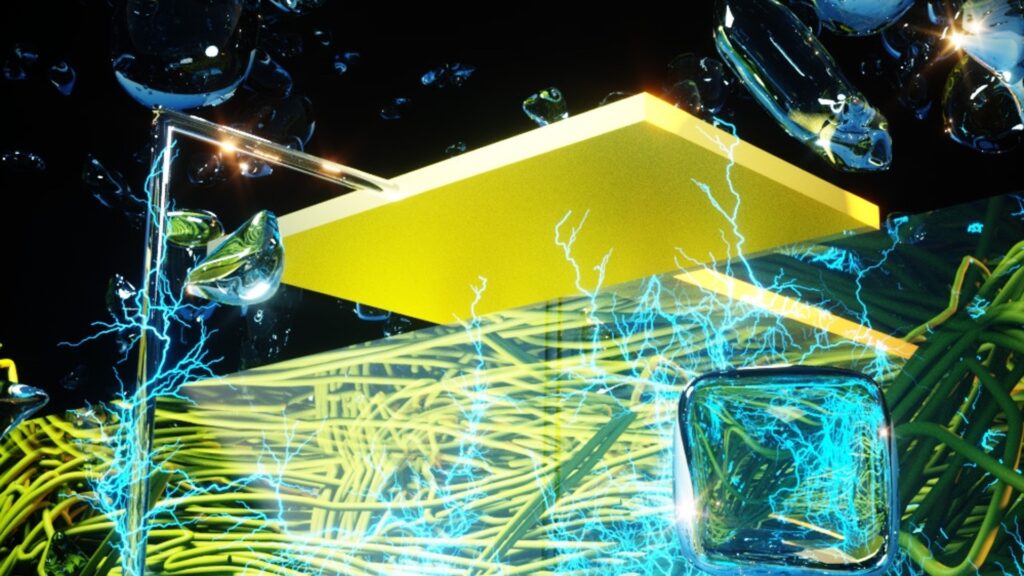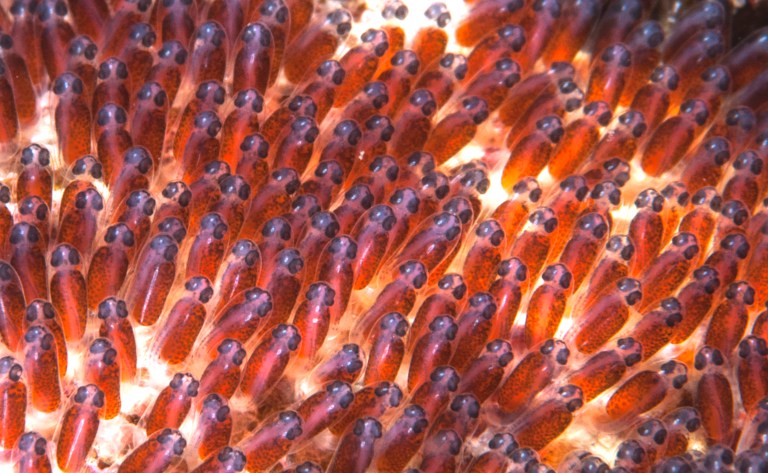There’s electricity in the air over at the University of Massachusetts Amherst — both the literal and metaphorical varieties.
A team of engineers at the institution have discovered a method of successfully harvesting energy from air humidity in a predictable and continuous manner, and they say the technology can be scaled up and applied broadly. They published their findings last month in the journal Advanced Materials.
“This is very exciting,” lead author Xiaomeng Liu said in a UMass Amherst news release. “We are opening up a wide door for harvesting clean electricity from thin air.”
The key to the breakthrough? It’s all about the nanopores, which are exactly what they sound like: extremely tiny pores. The team engineered a harvester made from a thin layer of material filled with nanopores that are smaller than 100 nanometers in diameter, or “less than a thousandth of the width of a human hair,” per co-author Jun Yao, assistant professor of electrical and computer engineering.
Those pores are large enough for water molecules to pass through from the upper layer of the material to the lower, but small enough that they bump into the pores edges as they do. Through that process, the upper layer of the material becomes barraged with far more charge-carrying water molecules than the lower layer. This in turn creates a charge-imbalance: basically, a battery.
Building upon research Yao and co-author Derek Lovley published in 2020, which showed that electricity could be harvested from air through the use of natural proteins and a device called the “Air-gen,” the new findings open the doors to wider and more cost-effective applications for the technology.
RELATED: Scientists Develop Affordable Device That Can Convert a Light Breeze Into Electricity
Previously, Yao and Lovley used a specialized material made from a specific bacterium to harvest the energy. But they had a lightbulb moment (that’s our last electricity pun, promise) when they realized they could achieve the same results with all kinds of organic or inorganic materials, as long as they’re equipped with the rightsized nanopores.
“The idea is simple, but it’s never been discovered before, and it opens all kinds of possibilities,” said Yao. “You could [imagine] harvesters made of one kind of material for rainforest environments, and another for more arid regions.”
Because water vapor is ubiquitous, the updated Air-gen device could run night or day, in any weather conditions, making them even more sustainable than other clean energy sources like wind and solar. Plus, it’s tiny, meaning thousands of devices could be stacked atop one another without upping its carbon footprint.
“Imagine a future world in which clean electricity is available anywhere you go,” Yao said. “The generic Air-gen effect means that this future world can become a reality.”












Pingback: DYSPEPSIA GENERATION » Blog Archive » Engineers Harvest Clean, Continuous Energy From Air: “It Opens All Kinds of Possibilities”